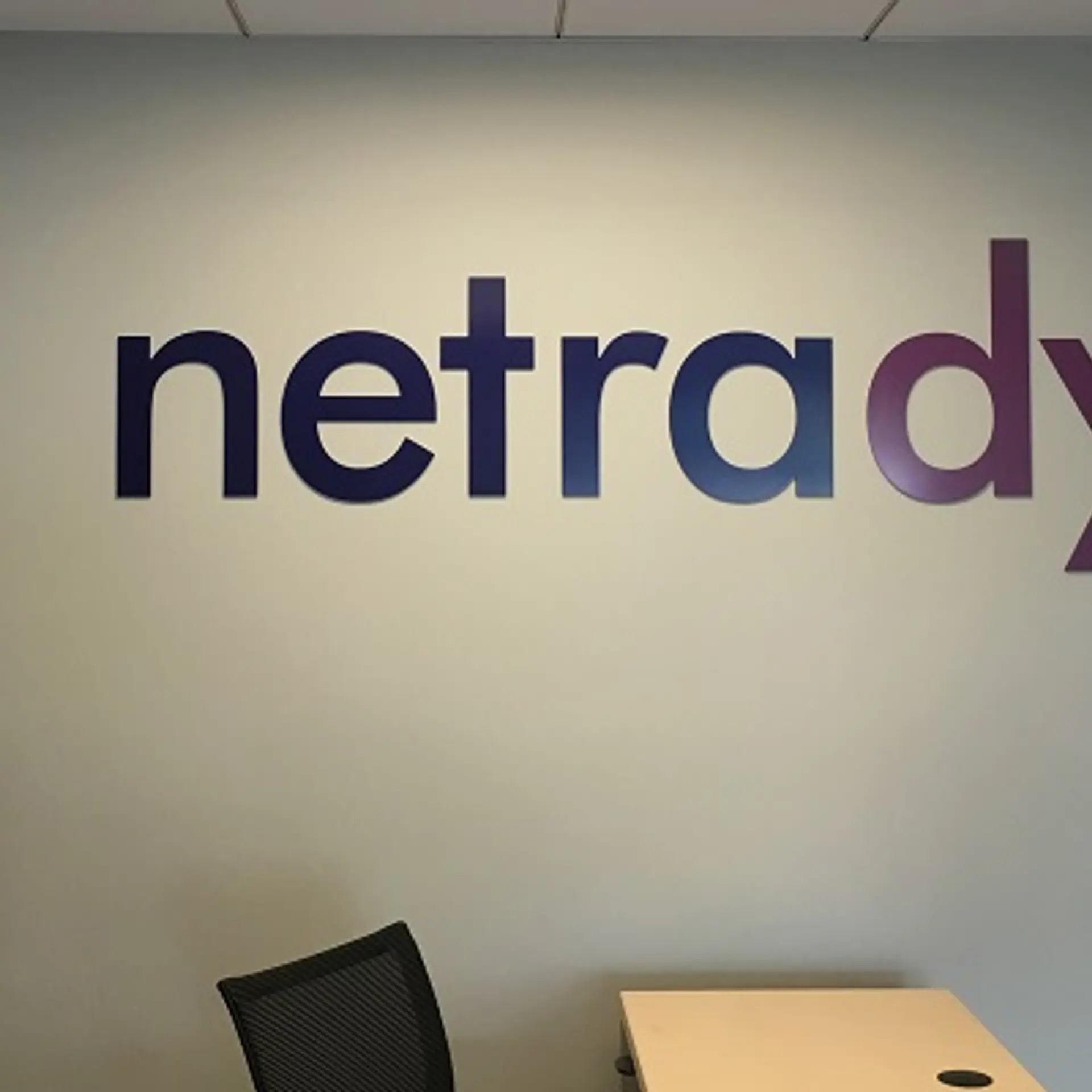How to grow as a multicultural team
Building products for doctors have always been perceived as difficult. Mainly because the needs of doctors as a professional group is less understood. Therefore, we realised that we needed a balanced team of doctors and developers to build the ideal product. Daily Rounds has been fortunate to have a mix of some of the best doctors and kickass developers.
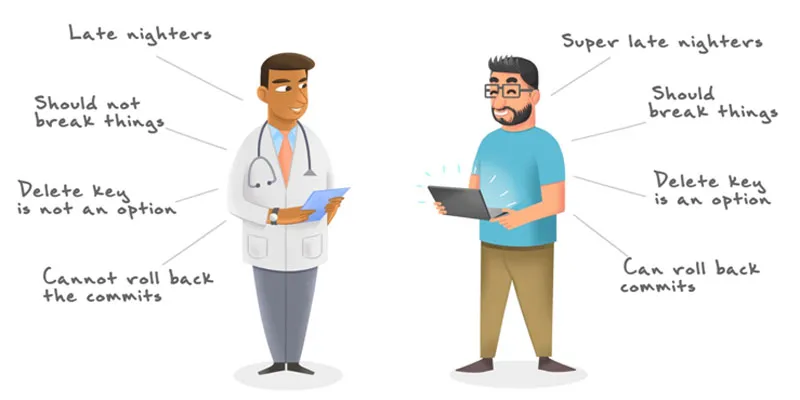
But as a young startup, having a multi-cultural team comes with its own challenges. If you are a team of more than 100, then probably you can have different organisational structures to accommodate a diverse team. But what if you are an early-stage startup with a multi-cultural team? Below mentioned are a few of our learnings, hopefully you will find this helpful.
- Define the company thesis from day one. For us (and most of the startups) it is the product.
Every other day we say this – “We are a tech company; and not a healthcare or medical company.” Ninety-nine per cent of times, an early tech startup should revolve around the product. Having this clear from day one will bring solid focus and product-driven decision-making. Now it is easier said than done. The non-tech team will always wonder why product is of paramount importance. You will need to communicate it well and make them understand that it is for the common good. Thankfully, there are numerous examples and well-written articles that explain this concept well. Rely on them. Help the non-tech people appreciate WhatsApp and Facebook as products. Therein lies your answer.
- Everyone in the team should be data driven=everyone has analytics access

Ask our junior most doctors, how this month’s cohort is looking like – you will get an instant reply. Everyone in the office knows the DAUs and the MAUs. How does it help?
There is an active data-driven decision and then there is a passive one. We all know about the active data-driven process where we make product/content decisions based on the data we have. The passive process happens all the time in our head. This can influence the way you choose a color, the time of the day you send a push notification, or a topic you choose to write about. Thus, it helps if you have a team that is completely data driven. You inherently end up making data-driven decisions.
Tip: We focus on these four metrics.
There is no ideal metrics, but there are some reference metrics. The key here is to track it week on week and make sure that the graph is not too deviant from your projections.
- DAU (daily active user)/MAU (monthly active user) ratio.This is a good measurement of your app engagement. The calculation is simple. Divide your daily active users by the monthly active users. A few caveats – If you recently started running some marketing campaigns then your DAY/MAU ratio might be erroneously highly. In that case use (DAU - new users). The ideal rates vary between apps and its use cases. Facebook is said to have 50–70% ratio while sometimes a bill payment or recharge app will have much lesser ratio.
- Time spend per session.Measures engagement+content.
- Active installsTotall installs – u A good measure of growth.
- Day 30 cohorts.Measures product market fit.
- Everyone should understand the market (and the ecosystem)
Overall, 87% of doctors use smartphones as the primary internet device. So it is absolutely critical for the entire team to understand mobile. We have a mandatory list of apps which include: Trivia Crack, Wishbone, Instagram, Facebook, Flipboard, True or False, Vine, Quizup for the entire team to use.
Understanding how pharma, medical devices companies, and hospitals work is essential for us as we need to integrate our product with some legacy systems. We also occasionally visit medical colleges and CME (continuing medical education) events to understand how a real clinical case is discussed.
If you are small team (<20) it will be a great idea to spend some time to make sure the entire team gets the end to end picture of what you are trying to solve.
- User testing and feedback ties a team together!
We all know user testing is very important and yet most of the times we fail to get it done. So we just made it a policy that everyone’s gotta do it. And oh boy! it did throw plenty of surprises. Every single person in the team gets to do user testing. A lot of it is done real time, that is, interacting with the users in person. This is fun and brings a strong emotional connect. Having a tech and a non-tech person conduct the user testing will also bring about a greater number of insights.
Tip: We use WhatsApp groups for user feedback and testing. We have around 200 uses who help us with beta testing and feedback. If you are yet to start user testing, please do start now. WhatsApp group is a super simple, friction free way to communicate with a team of users. Make sure that you incentivise these beta users by extra content, digital good, coupons, etc. They will be more than happy to help you.
- An open office layout suits best for a multicultural team
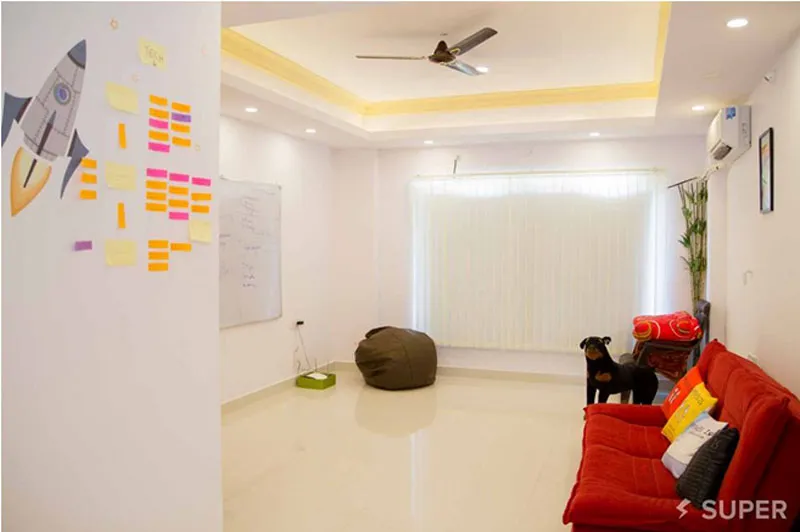
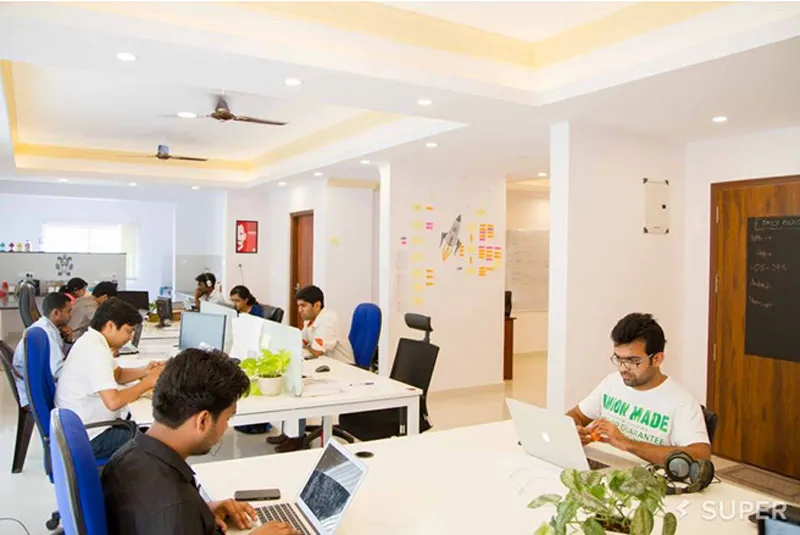
There is always an ongoing debate on open office versus semi-open or closed office plans. If you are a small, multi-cultural team, we feel an open office plan may be best suited. This allows dissemination of ideas across the floor. However, over the table discussion could be challenging as unlike in a unicultural team, the topics of discussion may not be relevant for all. We trust our communications with Slack (Warning: Slack is addictive).
- Sync up your sprints and scrums
We have weekly scrums and bi-weekly sprints which culminate in a demo day. Initially, only the developers took part in the scrums and the sprints. Later we extended it to the whole team. Now we have doctors doing demos, showcasing the work done over the two weeks.
- Respect the differences
Obviously there will be certain differences among professional groups. Doctors tend not to be big on the ‘move fast and break things’ mantra. When we tried to do that, we failed miserably. We tried to complete a toxicology database in two weeks. The end result was a satisfactory to good database, but with some errors. Had we released it to the doctors, the consequences could have been disastrous. So now, our doctors move fast without breaking things, while our developers indeed try to break things!
- Everyone should understand the impact and value of what you are building
Vision and impact are two different things. While everyone in the team might understand the vision of the company, the immediate impact the team is making might not be obvious.
For example, at times sensitive updates on issues like dengue fever, Swine flu, etc., were always delayed because our doctors never openly spoke about how important these were. Thousands of doctors make treatment decisions based on this. However, when we started to openly discuss about the planned dengue updates we could see our developers doing night outs to push the release.
- Let each team know the other teams’ value and importance
It is only natural that the team members feel valued for their work and contributions. Hence, it is a good idea that the teams have a basic understanding of the value that is brought in by other teams. In our case, the doctors understand that we are and always will be a tech company. That helps them understand the role of developers and their work. In a similar way, the developers understand that without medical expertise that the doctors bring in, we cannot provide quality content to our users. This kind of understanding helps develop mutual respect among the different teams.
- Have fun
Thankfully everyone enjoys having fun. And it can be done however you please. But make sure it happens.
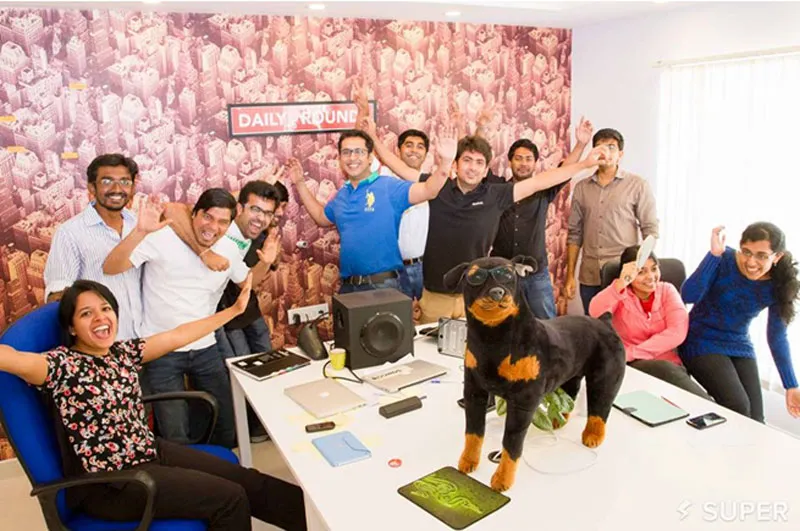
We directly influence how 180,000 doctors treat their patients. All of us understand this is a big responsibility. We update doctors with breaking medical news and epidemic outbreaks. All of us understand the significance and impact of the product we are building. End of the day, this keeps us going.

About the author
Dr.DeepuSebin is the co-founder of DailyRounds (www.dailyrounds.org) – a Doctor networking app. He used to be a MD in Internal Medicine who left full time clinical practice to build DailyRounds.
(Disclaimer: The views and opinions expressed in this article are those of the author and do not necessarily reflect the views of YourStory)







